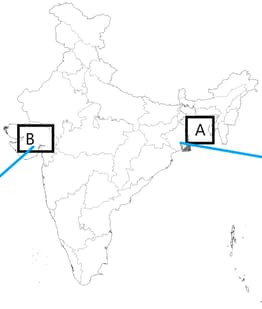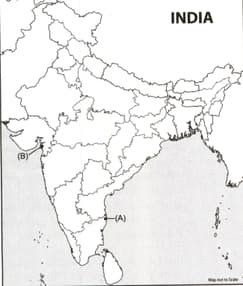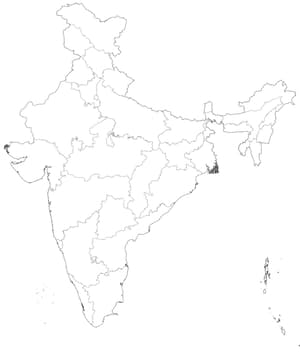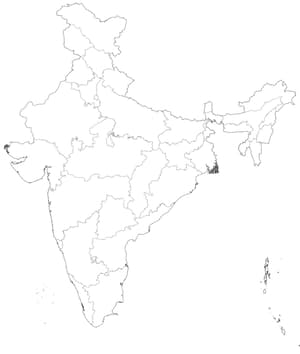Tribal peasants interpreted the message of Mahatma Gandhi and the idea of swaraj in yet another way. In the Gudem Hills of Andhra Pradesh, for instance, a militant guerrilla movement spread in the early s – not a form of struggle that the Congress could approve.
How did Alluri Sitaram Raju's leadership in the Gudem Hills of Andhra Pradesh reflect a complex and contradictory approach to the Indian freedom struggle, combining elements of both Gandhi's non-violence and the use of force?

Important Questions on Nationalism in India
Not all social groups were moved by the abstract concept of swaraj. One such group was the nation’s ‘untouchables’, who from around the 1930s had begun to call themselves dalit or oppressed. For long the Congress had ignored the dalits, for fear of offending the sanatanis, the conservative high-caste Hindus. But Mahatma Gandhi declared that swaraj would not come for a hundred years if untouchability was not eliminated. He called the ‘untouchables’ harijan, or the children of God, organised satyagraha to secure them entry into temples, and access to public wells, tanks, roads and schools. He himself cleaned toilets to dignify the work of the bhangi (the sweepers), and persuaded upper castes to change their heart and give up ‘the sin of untouchability’.
What were the key points of contention between Dr. B.R. Ambedkar and Mahatma Gandhi regarding the political representation and empowerment of the Dalit community, and how did these disagreements ultimately lead to the Poona Pact of ?
Two places A and B have been marked on the given outline map of India. Identify them and write their correct names on the lines drawn near them.
A. Indian National Congress session at this place in .
B. The place where Mahatma Gandhi broke Salt Law.

Two places A and B have been marked on the given outline map of India.
Identify them and write their correct names on the lines drawn near them.
i. Indian National congress session at this place in .
ii. The place where Mahatma Gandhi broke the salt law.

Two placed (A) and (B) have been market on the given political outline Map of India. Identify them with the help of given information and write their correct names on the lines drawn near them.
(A) The Place where Indian National Congess Session was held in .
(B) The place where Mahatma Gandhi broke Salt law.

On the given map of India mark the following important centres of the Indian National Movement:
A. Movement of the Indigo planters in Bihar
B. The place of Peasant Satyagraha
C. Cotton Mill Workers Satyagraha on Gujarat
D. The place of Jallianwala Bagh Incident
E. The Non-Cooperation Movement was called off at this place
F. The Civil Disobedience Movement started with this march.

On the given political Map of India mark the places where the following sessions of the Indian National Congress took place:
(a) Calcutta
(b) Madras
(c) Nagpur

Identify the correct option that describes the act given below.
i. The Act was passed by the Imperial Legislative Council.
ii. It gave power to the government to repress political activities.
iii. It empowered the government to detain political prisoners without trial.
i. General Dyer opened fire at the large crowd gathered in the enclosed ground of Jallianwala Bagh.
ii. “Forced recruitment” carried out by the British government and the economic hardships faced by the people during the first world war.
iii. The defeat of the Ottoman Emperor of Turkey led to the formation of the Khilafat movement.
iv. Gandhiji launched a nationwide satyagraha against the Rowlatt act.
